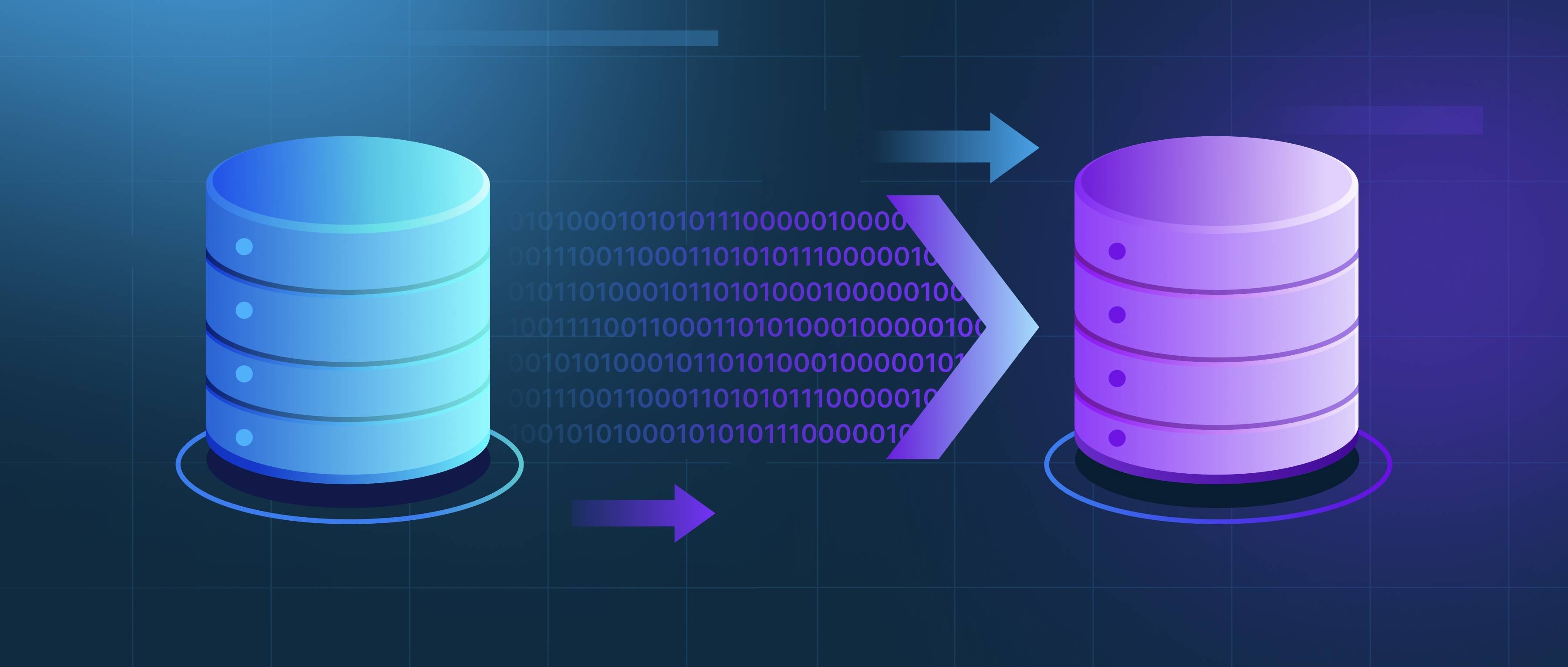Integrating LlamaIndex with data lakes or big data platforms involves a few straightforward steps that allow you to achieve efficient data management and querying. First, you need to set up a connection between LlamaIndex and your data lake or big data platform. This typically requires using APIs or connectors provided by both systems. For instance, if you are using Amazon S3 as a data lake, you can utilize the AWS SDK to facilitate communication between LlamaIndex and S3. This will enable LlamaIndex to access and index the data stored in your data lake seamlessly.
Once the connection is established, the next step is to define how LlamaIndex will interact with the data. This includes configuring the indexing process, ensuring that LlamaIndex can identify the relevant data fields to index. If your big data platform is built on something like Apache Spark, you can use LlamaIndex’s querying capabilities to filter and retrieve the required datasets for indexing. For example, if you want to index user data that is housed in a large dataset stored in a Spark cluster, you can write queries to pull this data into LlamaIndex for processing and further analysis.
Finally, after the data is indexed, you may want to set up a schedule for regular updates. Large data sets can change frequently, so it’s crucial to keep your index up to date. You can implement a batch job that regularly fetches new or modified data, re-indexing it in LlamaIndex as needed. Additionally, ensuring efficient querying in LlamaIndex can significantly enhance your data retrieval performance. By creating suitable configurations and optimizing your queries, you allow LlamaIndex to provide fast and relevant responses based on the indexed data. This approach not only streamlines data handling but also enhances the overall analytical capabilities of your applications using LlamaIndex in conjunction with your data lake or big data platform.
